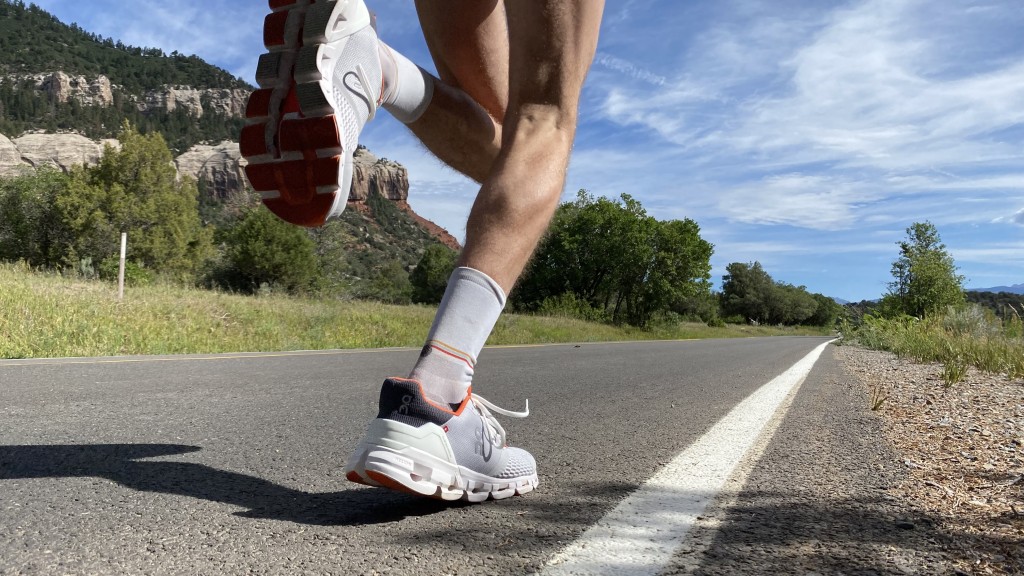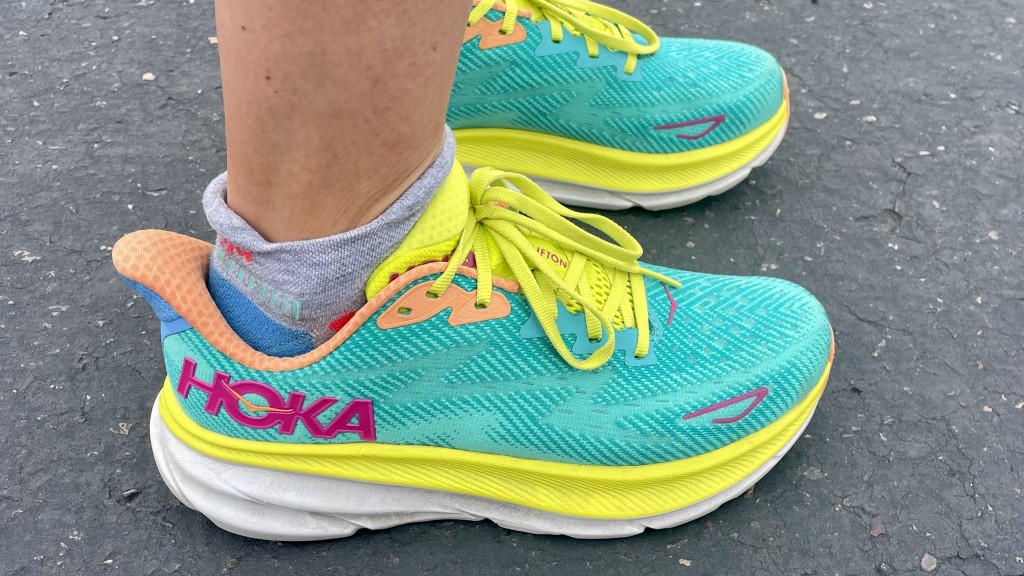How to Choose the Right Race Running Shoes for Every Surface
Running is a powerful way to boost your physical health and provide a rejuvenating escape for your mind. The rhythmic pounding of your feet on the pavement or trail can clear your mind, relieve stress, and improve your overall well-being. However, to fully enjoy these benefits and perform at your best, the right equipment is essential.
One of the most critical pieces of gear for any runner is a pair of racing shoes tailored to the surface you’ll be tackling. Choosing the right footwear can mean the difference between a comfortable, successful run and a challenging, injury-prone experience.
Road

For running on concrete, lightweight road racing shoes with ample cushioning are your ideal choice. The cushioning acts as a buffer between your body and the unforgiving surface, which helps absorb the shock that comes with each step. This can significantly reduce the strain on your knees, ankles, and hips, and allows you to run more comfortably and with less risk of injury.
Additionally, lightweight road racing trainers ensure that you aren’t weighed down, making it easier for you to maintain your speed and agility. This combination of support and lightness not only protects your body but also enhances your performance. Racing on concrete roads is a common choice for many athletes, especially those living in urban areas.
While this surface is flat and consistent, it can be quite demanding on your body, which is why having proper road racing shoes is essential. Concrete is incredibly hard, and the repeated impact with each stride can take a toll on your joints and muscles. Over time, if you’re not careful, this can lead to discomfort, and even injuries. That’s why selecting the right footwear is crucial.
Wearing the right road running shoes on concrete roads does more than just prevent injuries. It also helps you focus on what really matters: your performance. When you’re not distracted by discomfort or the fear of getting hurt, you can put all your energy into your run.
You’ll feel more in tune with your body, more connected to the rhythm of your stride, and more capable of pushing yourself to achieve your goals. So, if you’re planning to race or regularly run on concrete roads, investing in a pair of lightweight, well-cushioned road racing trainers is one of the best decisions you can make for both your comfort and your performance.
Trail
The trail is a surface where we often feel more at ease, surrounded by nature. Every run on the trails leaves us with memories, sometimes in the form of little scars and cuts, which we proudly consider as souvenirs of our adventures. This environment keeps things interesting, with never a dull moment as you navigate through the varied terrain.
The natural surface provides a balanced level of hardness, offering just enough flexibility to help prevent common running injuries like plantar fasciitis or IT band syndrome. However, if you take your eyes off the path, you’re likely to take a tumble. One of the challenges is running on technical terrain, especially those sections dotted with boulders. But these natural obstacles also add a layer of difficulty, requiring constant attention to avoid tripping or stumbling.
The loose dirt, pebbles, and rocks that make up many trails demand a specific type of shoe – one that offers excellent grip and stability to keep you steady on your feet. Trail running involves a lot of lateral movement, and the sharp objects you might encounter can pose a risk to your feet. That’s why it’s important to wear footwear designed for trail running, which often include features like protective plates near the toebox.
Sand
Sand creates natural resistance, which makes your run more challenging and rewarding. For this surface, I prefer trainers with a more rigid structure and good support underfoot to prevent excessive movement inside the shoe. Running on loose sand can be tricky. The resistance and slippage can catch your body off guard and put your ankles in a vulnerable position. If you’re on the beach, it’s wise to start your run closer to the water, where the sand is firmer and more stable. With the right footwear and a bit of caution, beach running can be both effective and enjoyable.
Grass
Racing on grass can offer a refreshing break from pounding the pavement, with its soft cushioning providing much-needed relief for your joints. However, the uneven terrain and hidden holes can lead to injuries in an instant, so it’s important to stay focused while navigating grassy areas. On grass, your foot tends to move more laterally, making a rigid shoe essential for better control. If the grass is wet, trail shoes are ideal, as they provide the necessary grip to keep you steady.
Are Running and Training Shoes the Same?

If you want to build a solid foundation for your workouts, starting with the right road runner shoes is essential. Your footwear can make a huge difference in your comfort and performance. It might be tempting to think that any pair of trainers will do the job, but running shoes and training shoes serve different purposes – here’s a quick comparison:
- Running footwear is ideal for running, jogging, and cycling, while training shoes are best for HIIT, cross-training, sports, and strength training;
- When it comes to cushioning, the former offers extra cushioning for shock absorption, while the latter focuses on stability with firmer support;
- The outsole on the first type of shoes has optimised treads for grip on various terrains, while the second type offers versatile traction for multiple activities;
- Road running shoes have flexible front for smooth motion, while training footwear offers rigid front for overall stability;
- As for breathability, the first type is typically lightweight and breathable, while training shoes are built for durability and performance.
Choosing the right footwear is just one part of achieving your fitness goals. To enhance your performance and overall well-being, it’s important to take a well-rounded approach. This includes incorporating the right supplements to fuel your body, maintaining a healthy diet to support your energy levels, and ensuring you get enough rest and recovery. Each of these elements works together, helps you stay strong, prevent injuries, and keeps you performing at your best.






